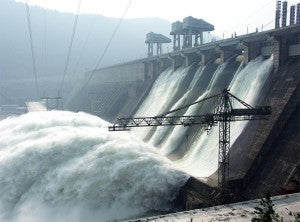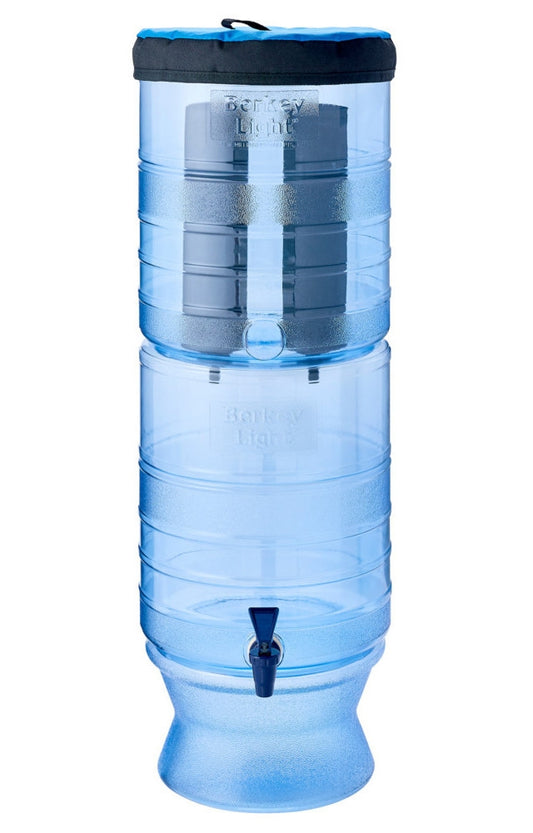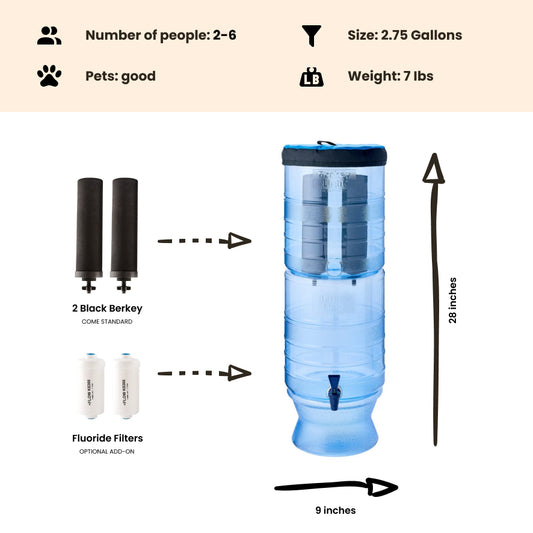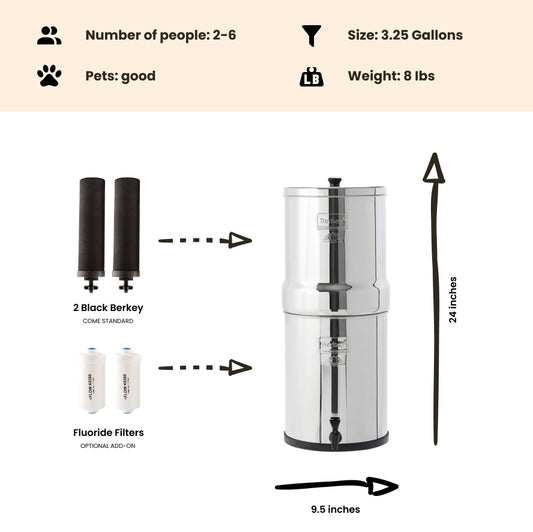
How Green is Hydroelectric Power?
By Dan DeBaunShare
Dams are man-made structures built across rivers usually to control the flow, regulate flooding and improve navigation. But due to the effects of climate change, dams are now being built at a greater pace to produce hydroelectric power – toted as an affordable, and greener natural source of renewable energy that produces minimal emissions of greenhouse gases. Researchers have been searching for environmentally friendly alternative sources of energy to meet the world’s growing energy demands, and hydroelectric dams seem to be a viable option. Let’s take a look at how environmentally friendly these dams really are.
Environmental Effects of Dams
Dams disrupt the natural ecology of rivers. Plants and animal communities that inhabit the river adapt to the river’s patterns of flood and drought, and once that pattern is disturbed, it interrupts the natural cycles of aquatic species. As dams restrict the flow of water downstream, aquatic animals that coordinate their reproduction with the annual flood seasons may be largely affected. Furthermore, a dry river bed can be turned into a raging torrent in a matter of seconds; this not only causes erosion of the riverbank, but rapid fluctuations in temperature and water levels can kill fish, and other aquatic organisms, and even animals and birds that nest in the riparian zone.
Downstream river inhabitants depend on the river feeding a constant supply of debris, including leaves, branches, twigs and the organic remains of dead animals. Not only is this organic debris an important source of food and nutrients to downstream plant and animal communities, it also provides microhabitats for a range of species – offering shelter and refuge from predators, and providing a substrate for microorganisms and algae to grow. Dams hold back debris, and consequently reduce the flow of both nutrients and habitat for downstream organisms.
Dams also prevent fish migration. Salmon, for example, require a specific habitat to breed, and migrate upstream to reproduce. The barrier imposed by the dam prevents them from being able to do so, causing these populations to decline. While fish ladders may assist fish to move upstream, not many make their way back downstream through the hydroelectric turbines alive. This may negatively affect the food supply of local residents – both human and animals – that depend on these fish for their survival. It can also affect the livelihood of local people and businesses due to the loss of income opportunities from farming, fishing, tourism, and recreation.
A Solution to Climate Change – or NOT?
Researchers have concluded that large dams actually contribute a substantial amount of carbon dioxide and methane – gases responsible for climate change – to the atmosphere. As more dams and reservoirs are constructed, trees that are actually available to absorb carbon dioxide are swamped by water, where they eventually rot at the bottom of the dam. Furthermore, organic debris that is carried downstream accumulates behind the dam wall, and eventually sinks to the floor where it decomposes. This results in Methane gas (also known as swamp gas) that is formed when organic matter decomposes in the absence of oxygen. The deep, dark, muddy sediments at the bottom of a dam provide an anaerobic environment that is conducive to the production of methane, which is released through the air/water surface interface, and when water flows over dam walls, or gushes through turbines. Methane gas is 25 times more potent than carbon dioxide in terms of its greenhouse effect. Methane emitted from dams accounts for 23% of total anthropogenic methane gas emissions – rather a substantial contribution.
So, while dams provide healthy alternative to burning fossil fuels, there are some substantial environmental impacts to consider, most importantly the impact to the natural aquatic life and surrounding life that relies on these rivers.
-
Regular price From $302.00 USDRegular priceUnit price / per
-
Regular price $234.00 USDRegular priceUnit price / per
-

 Sold outRegular price From $305.00 USDRegular priceUnit price / per
Sold outRegular price From $305.00 USDRegular priceUnit price / per -
Regular price $327.00 USDRegular priceUnit price / per
-
Regular price From $367.00 USDRegular priceUnit price / per
-
Regular price From $408.00 USDRegular priceUnit price / per
-
Regular price From $451.00 USDRegular priceUnit price / per

Dan DeBaun
Dan DeBaun is the owner and operator of Big Berkey Water Filters. Prior to Berkey, Dan was an asset manager for a major telecommunications company. He graduated from Rutgers with an undergraduate degree in industrial engineering, followed by an MBA in finance from Rutgers as well. Dan enjoys biohacking, exercising, meditation, beach life, and spending time with family and friends.
~ The Owner of Big Berkey Water Filters

















As someone who has been alive a lot of years, I've seen lots of changes in how life is done. I tend to think that large corporate business, commercial chemical agriculture, technology, chemicals, and any toxin producing business have caused the problems we face today. I seem to notice that if the aquatic and land systems were left alone, and people grew their own food and animals, as they did thousands of years ago before the pollution from large modern toxin producing businesses; that the natural ebb and flow of life coming and going would not be toxic to the planet, since it never was before modernization of people by toxin producing businesses. Now I notice that large business and government offices are trying to undue the damage they caused from modernization, and it seems it will be a tough shoe to fill because the foot is too big. Though I was brought up in the modern world, I miss the simpler days when life was easier and nature was prettier than it is now. Messing with nature didn't and doesn't ever seem like a good idea to me. It seems to cause more problems for human, plant, and animal life.
This is false science. The conclusion remains good, but the article fails to highlight some of the best aspects of hydro-power. I'll explain why :
1) Since the end of the 20th century, wildlife-friendly measures have been part of large dam projects in North-America, such as alternative salmon passes (fish ladders), combined with measures to avoid debris in the turbines (debris INCLUDING living animals).
2) Since so few rivers are cost-effective in producing hydroelectricity, the effects on a region's ecology remain low.
3) The erosion of riverbanks is mostly a thing of regions prone to monsoon effect. In regions where the pluviometric coefficient is regular, large releases of water are uncommon at worse, and nowhere near that "Lord of the Rings Rivendell debacle".
4) Only animals relying on LPOM (Large particles organic matter) can be affected by the decrease of debris. Most animals in the food chain rely on SPOM (Small same thing ) and these particles actually increase in the water flowing from a reservoir. In rivers large enough to accomodate hydro-power installations, SPOM are the only that matter, LPOM being more important in streams and very small rivers.(1) This very point enters in contradiction with the preceding one ; if erosion events were to happen SO ofte, LPOM amounts would increase in post-dam rivers.
5) Communities income from fishing in rivers was almost reduced to nihil because of overfishing way before most dams were set up. As forthe loss of farming lands, well, very little farmland exists in the high, rocky lands most dams sit on.
6) It is right to say that large dams in woodland areas produce methane. It so happens that a lot of trees from future reservoirs are cut during the construction of dams. This is actually good for the economy and it reduces the impact on environement. Methane, on the other hand, has a half-life TEN TIMES shorter than co2, released by most other large-scale electric-generating methods.
7) To say only that trees absorb co2 is preposterous. Of course, they do absorb a small amount of co2, but they also release it through respiration. That amount of co2 represents less than 1/26 000th of Earth's carbon sources. It's effects are marginal. It's the amount of co2 trapped in the form of wood and other plants that need to be taken into account. Now of course all those submerged trees remain a carbon sink until they are done being decomposed, which takes years at such dept and temperature. (2)
Hydropower remains the best source of large-scale electricity. I'd love everyone to own solar pannels instead, but that just isn't feasible for the time being. Hydropower is greener that everything that runs on coal, oil or nuclear. It still presents disatvantages, but they are nowhere as bad as this article suggests.
Maxime Fiset,
Student, Université Laval, Geography, Political Science and Sustainable Development.
1 : L’écologie des fleuves. La Recherche, mars 1989, vol. 20: 310-319.
2 : Vivre avec les changements climatiques, VILLENEUVE, Claude, RICHARD, François, 2007, éditions multimonde.